1.What are HIV prevention programmes?
HIV prevention programmes aim to prevent transmission of HIV by encouraging behavioral change. For example, one of the first HIV prevention programmes was the ABC programme, which aimed to encourage abstinence, fidelity and contraception:
‘Abstinence, Be Faithful, Use a Condom.’[1]
2. What are the most widely used HIV Prevention programmes nowadays?
The reasons that people become infected by HIV are complex and varied, and as the epidemic continues, it has become increasingly evident that the programmes needed to prevent HIV must address this complexity. Modern HIV prevention programmes therefore tend to use forms of ‘combination prevention’ which take into account the political, economic and cultural reasons behind HIV infection.[2]

Avert 2017 – HIV Prevention Programmes Overview – https://www.avert.org/professionals/hiv-programming/prevention/overview#Combination prevention
3.What exactly is combination prevention?
HIV prevention programmes are most successful when they include behavioural, structural and biomedical interventions.
Behavioural interventions might include mechanisms that address the need for comprehensive sexuality education, seek to reduce discrimination and stigma surrounding HIV, or increase accessibility to counseling for people living with HIV and AIDS (PLWHA) as well as those at risk.
Structural interventions address the rights of PLWHA and the deeper inequalities or obstacles that they might face in protecting their health. For example, structural barriers that may affect young people include parental consent laws.[3]
Biomedical interventions may include the distribution of condoms, HIV testing, and antiretroviral therapy treatment among other things.

4. ‘Know your epidemic, know your response.’
Different programmes need to be used for different ‘key affected populations’. For example, it is clear that different prevention programmes might be needed for young people as for say, people who inject drugs.
Check out these minimum requirements for HIV prevention programmes as developed by UNAIDS.
5. What is an example of combination prevention?
Voluntary Counseling and Testing (VCT) is a HIV prevention programme that has been implemented in countries such as Bulgaria.[4]
VCT is a process whereby an individual is offered confidential counseling to help them to decide whether or not they wish to find out about their HIV status, and to guide them in their actions once they have made this decision.[5]

6. The voluntary nature of VCT is one of its core elements.
Pre and post-test counseling allows for in-depth discussion of HIV and enables individuals to make informed decisions concerning their health.[6]
7. Why does VCT work?
VCT has been shown to produce behavioural change both for clients who test positive and negative.
This is because it combats misinformation, stigma and the culture of silence surrounding HIV, all of which are contributing factors to the continuation of the epidemic.
VCT normalises getting tested for HIV, opens up discussion of sexual practices, and provides care for those who test positive, where many are prevented from testing by their belief that they will receive no help in the case of a positive result.
8. Obstacles to HIV prevention include:
Stigma, misinformation, silence, myth. Although these may seem like vague concepts, they are key factors in fueling the HIV epidemic because they prevent people from talking about HIV/AIDS and from getting tested or learning about safe sex practices. Lack of discussion about HIV contributes to a lack of awareness about the way in which the infection is transmitted, as well as a lack of awareness about modern medical treatments that can maintain the health of those who are HIV-positive.

9. Community-based interventions are essential in combatting the structures and attitudes that prevent global awareness about HIV.
These kinds of intervention have proven to be successful in combating stigma, and leading to behavioural change. However, it is important to be aware of potential community backlash to HIV prevention programmes. To avoid this, the individuals and organisations developing these programmes should have an in-depth knowledge of the communities they are targeting.
Peer education is another important means of raising awareness about HIV.
Check out the youth organisation Y-PEER who have conducted trainings on this exact topic.
***
For more information on the facts about HIV/AIDs, go to Avert, which will provide you with fact files and mythbusters on HIV/AIDS. Avert also offer advice to People living with HIV/AIDS (PLWHA).
UNAIDS also publishes up-to-date information and resources on the fight against HIV/AIDS. It gives visibility to campaigns working to end HIV/AIDS and provides users with updates on the 90-90-90 targets – the aim of which is for 90% of people living with HIV to know their HIV status, for 90% of people diagnosed to be on treatment, and for 90% of people on treatment to be virally suppressed.
The articles used for this article contain many useful facts on HIV prevention programmes specifically:
- HIV Programmes Prevention Overview/AVERT
- HIV Voluntary Counselling and Testing: a gateway to prevention and care/UNAIDS
- Integrating HIV Voluntary Counselling And Testting Services Into Reproductive Health Settings/IPPF
- National HIV/AIDS Response/Bulgaria 2007
Advocacy Entry Points:
- UNAIDS Strategy 2016–2021 – one of the first strategies in the United Nations system to be aligned to the Sustainable Development Goals.
- The Sustainable Development Goals, Goal 3.3:
‘By 2030, end the epidemics of AIDS, tuberculosis, malaria and neglected tropical diseases and combat hepatitis, water-borne diseases and other communicable diseases.’
Do some research on your country’s national policies and accountability mechanisms to see what steps are being taken to achieve this goal.
- For national level advocacy – a good tip is to do some research on upcoming government consultations with civil society that might be related to the issue you’re advocating for (say, health or youth rights if you are advocating for better HIV prevention programmes in your country). You should also see if there are any National Strategies on your advocacy issue and if there are, you can try to email or arrange to meet your local politician in order to keep them accountable to this strategy. Meeting or contacting politicians from your country can be an important step in national advocacy, however, it is not always possible for citizens in some countries in the EECA Region.
Get Involved!
The 22nd International AIDS Conference (AIDS 2018) will take place in Amsterdam on the 23-27 July 2018. Check out their website to see how you might attend or provide online support!
http://www.aids2018.org/
[1]HIV PREVENTION PROGRAMMES OVERVIEW/AVERT
[2]HIV PREVENTION PROGRAMMES OVERVIEW/AVERT
[3]HIV PREVENTION PROGRAMMES OVERVIEW/AVERT
[4]Bulgaria National HIV/AIDS Response
[5]HIV Voluntary Counselling and Testing: a gateway to prevention and care/UNAIDS
[6]HIV Voluntary Counselling and Testing: a gateway to prevention and care/UNAIDS


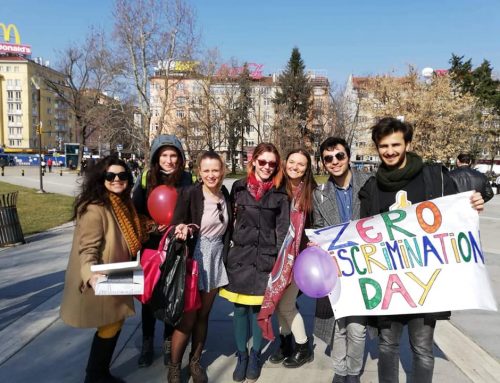





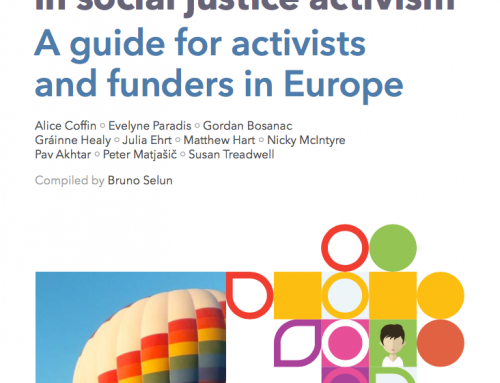











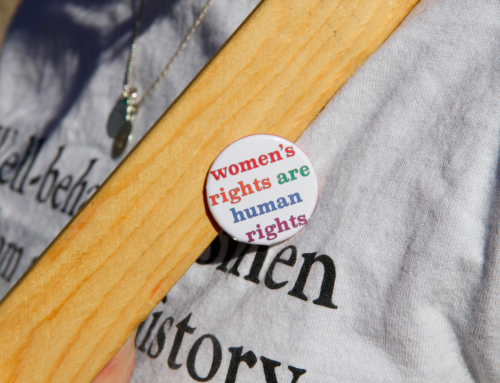
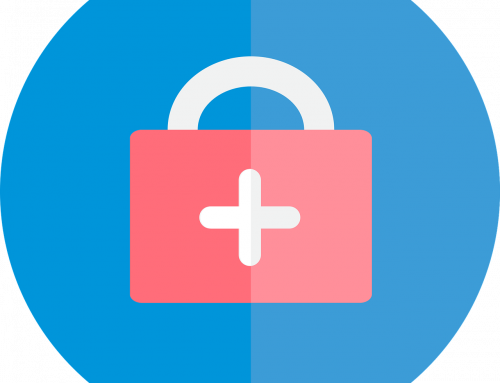

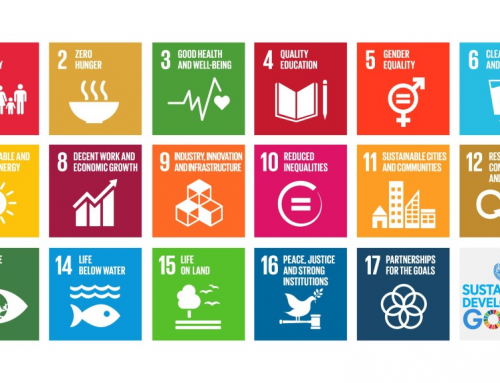

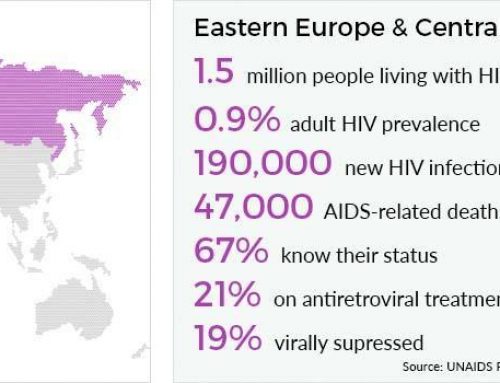


Leave A Comment
You must be logged in to post a comment.